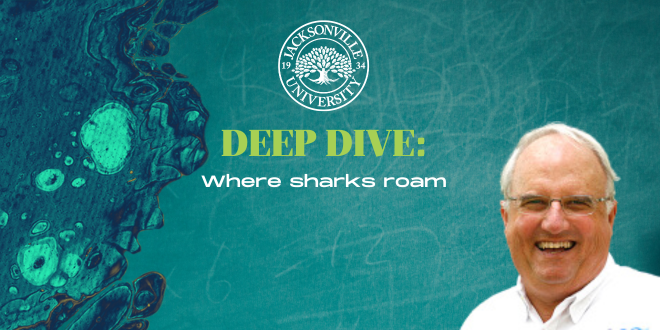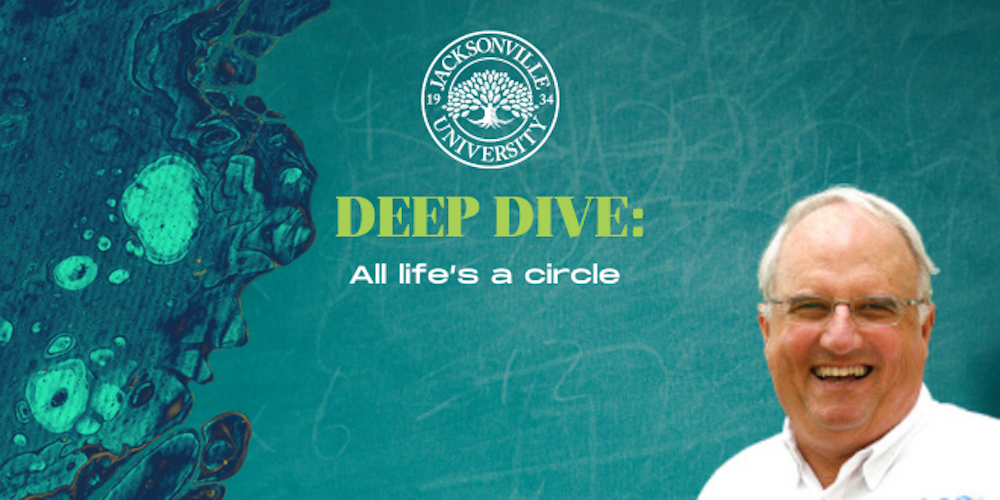The Millar Wilson Lab for Chemical Research
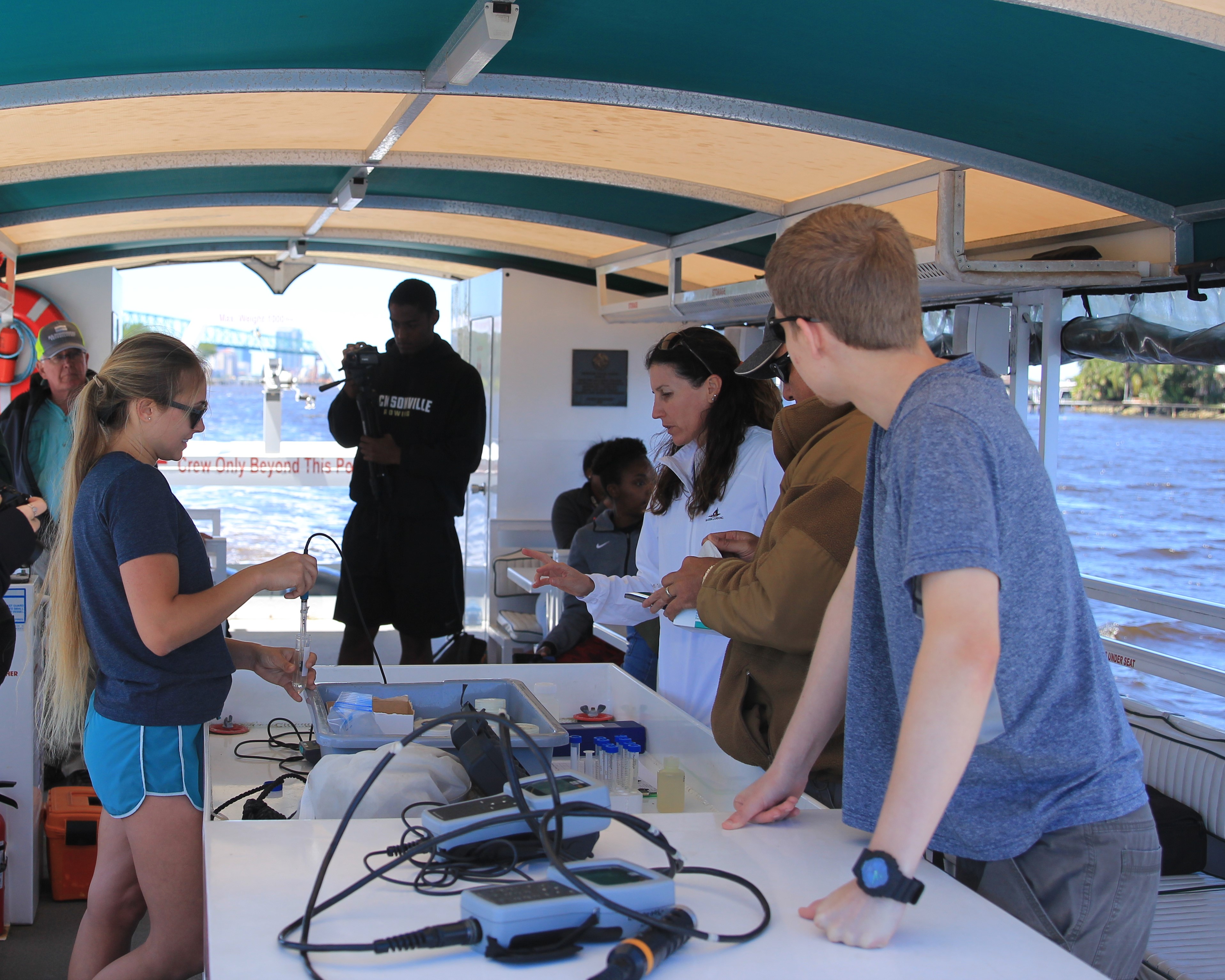
Goals and affiliations. About the Lab
The Millar Wilson Laboratory for Chemical Research was established at Jacksonville University in 1958 by Gertrude Rollins Wilson to "encourage chemistry research in relation to the natural resources and the industries of Florida and the health and comfort of its people."
The goals of the laboratory are to conduct novel environmental research, provide professional research experiences to undergraduates, and to serve as a resource to environmental agencies and institutions. The Millar Wilson lab is one of the facilities within the Marine Science Research Institute.
Pollutants. Aquatic Life. Human Impacts. What we're studying
Dr. Bielmyer-Fraser and her team of undergraduate and graduate students conduct extensive fieldwork along the east coast and the St. Johns River. Equipped with sampling instruments, salinity, pH, and dissolved oxygen meters, they study the accumulation of metals, microplastics, and other contaminants in sensitive aquatic species such as sea anemones, fish, and coral, as well as top predators such as dolphins and sharks.
The Lab works closely with the St. Johns RiverKeeper, Florida Fish and Wildlife, and various government organizations to study, support, and protect our waterways.
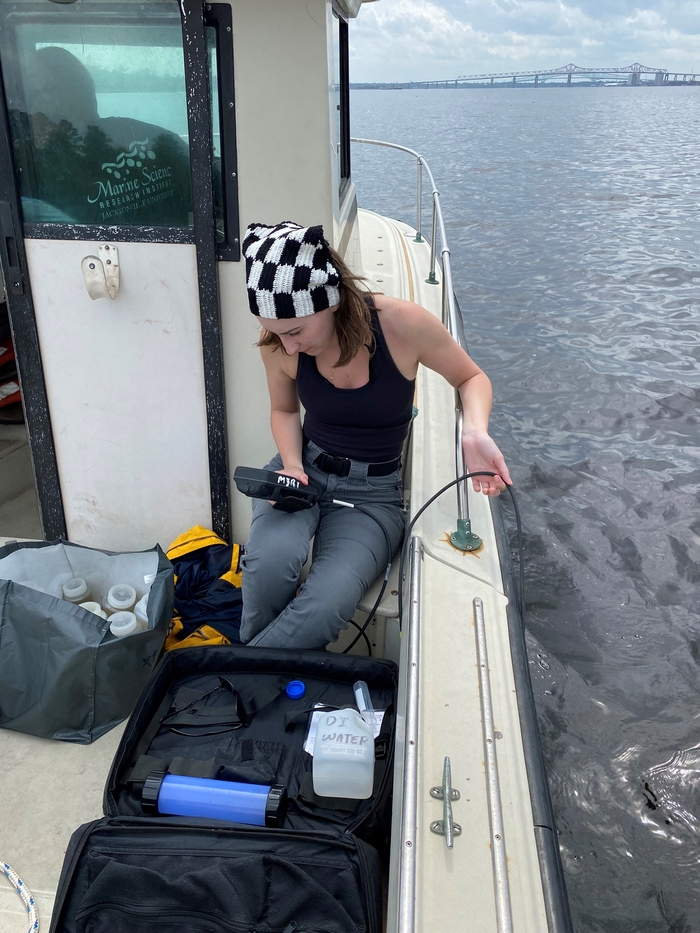
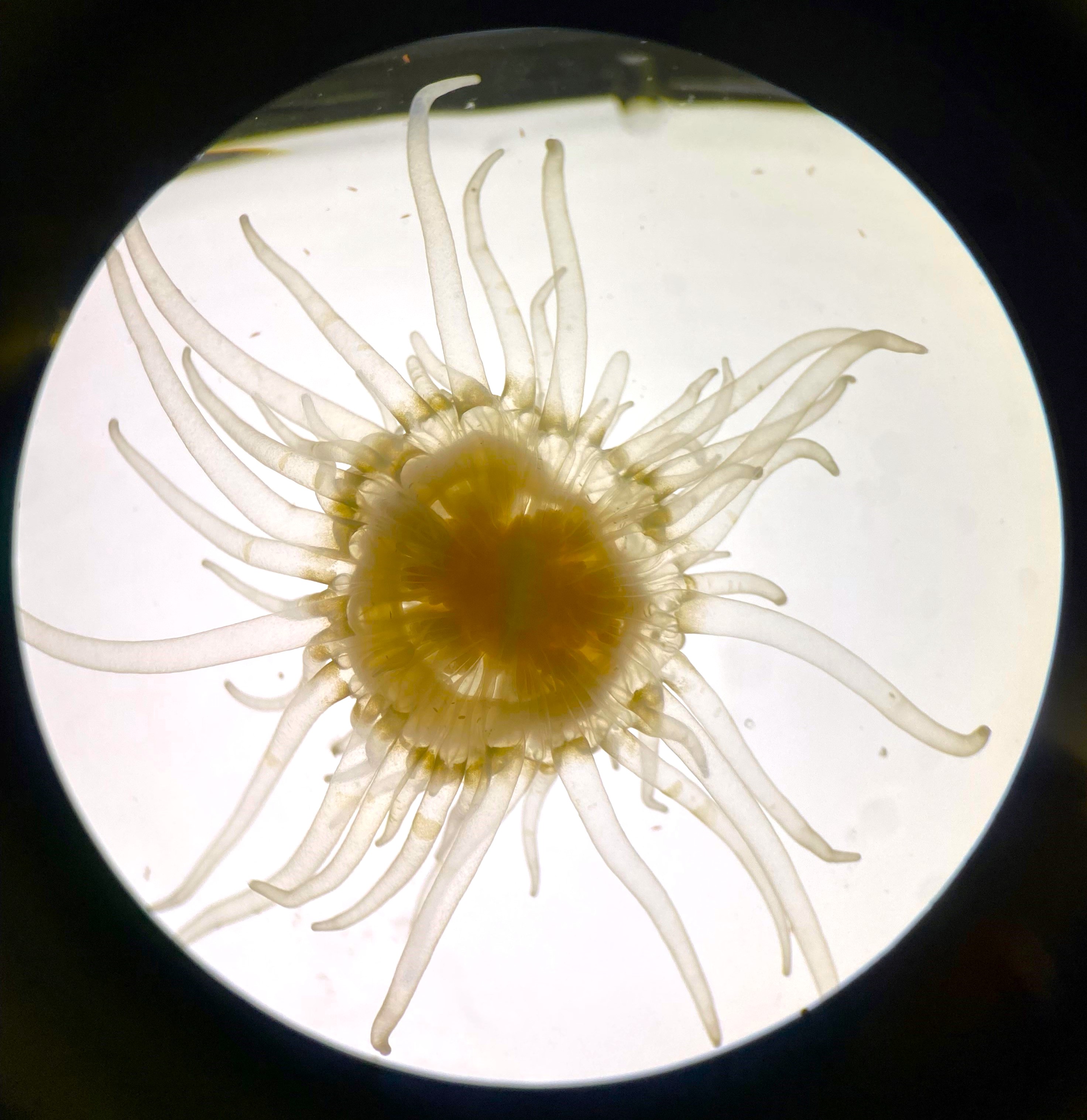
Research findingsWhat we've discovered
Some of our most significant findings include:
- While White Sharks accumulate metals in their muscle tissue, they possess effective antioxidant enzymes to detoxify these contaminants, indicating good health. This paper is the first to document metal concentrations in the muscle of White Sharks.
- For years, the Lab has comprehensively studied the Lower St. Johns River, offering
baseline values for future research. Recently, we discovered that seasonal changes
and storms overshadow site-specific differences in water quality; alarming metal levels,
except for zinc, surpass EPA standards, raising concerns for local plants and animals;
and species-specific metal accumulation, especially in Zannichellia palustris and
Eleocharis sp., highlight potential SAV toxicity. Our studies of phytoplankton unveil
diverse taxa, including a newfound species, Thalassiosira wongii, and links between
contamination and reduced diversity. Human impact on the LSJR ecosystem is evident.
Delve into the detailed research papers for deeper insights.
Make a giftSupport the Lab
Funds designated to the Millar Wilson Laboratory will be used to support environmental research in aquatic systems. Examples of ongoing research include:
- Assessing water quality, contaminants, and phytoplankton populations in the St. Johns River
- Investigating microplastic accumulation in sea anemones, dolphins, and sharks
- Assessing metal accumulation in a variety of shark species collected from the southeastern United States
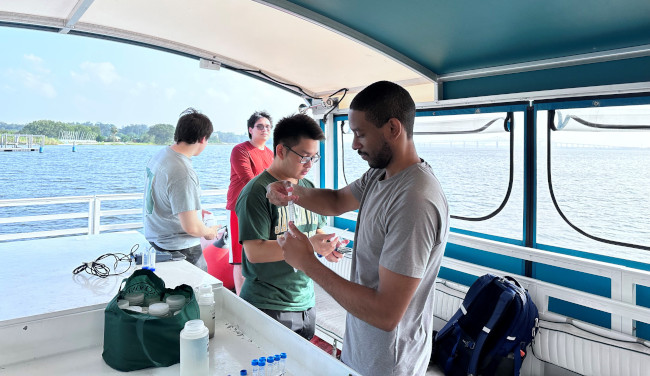
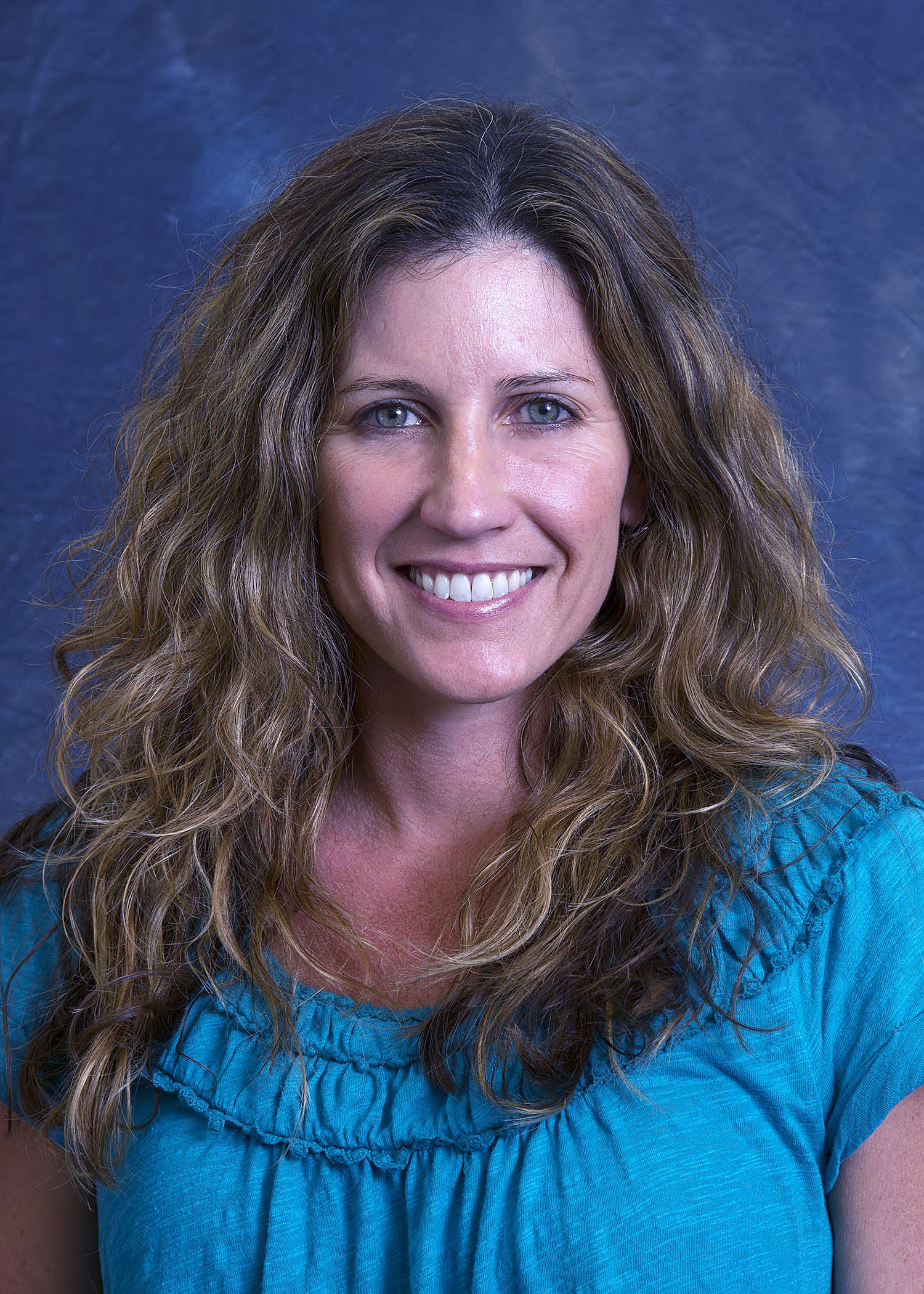
"Research opportunities are vital for students to gain first-hand knowledge of the scientific method, develop critical thinking and data interpretation skills, and strengthen their writing and communication. I love to see students progress and become more competent research scientists through this process."
News from the Marine Science Research Institute
For any questions about the Millar Wilson Lab, contact Professor of Chemistry, Dr. Gretchen Bielmyer-Fraser at gbielmy@ju.edu.
At Jacksonville University, Dr. Bielmyer-Fraser leads the Millar Wilson Lab and the Undergraduate Research program. She teaches courses in chemistry and toxicology.
Contact Information The Millar Wilson Lab
Marine Science Research Institute
Jacksonville University
2800 University Blvd N
Jacksonville, FL 32211

